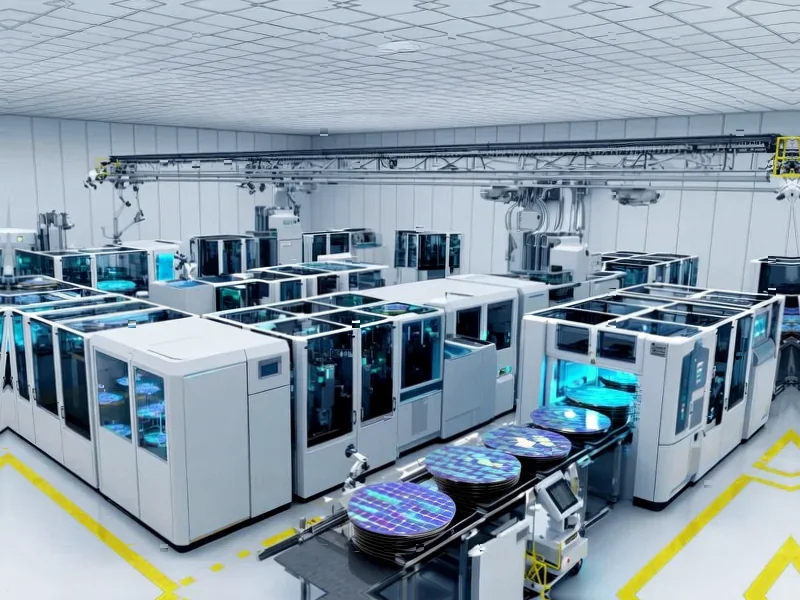According to Wccftech, China is providing substantial energy incentives to domestic cloud service providers to compensate for what they call the “terrible” power efficiency of local AI chips. Chinese chips from Huawei and Cambricon are reportedly 30% to 50% less power efficient than NVIDIA’s H20 AI chip, creating massive electricity costs for data centers. Local governments in provinces like Gansu, Guizhou, and Inner Mongolia are now offering subsidies that slash electricity bills by up to 50% for data centers using domestic chips. Data centers using foreign chips like NVIDIA’s don’t qualify for these subsidies. Companies like Huawei are reportedly trying to match NVIDIA’s performance by either increasing power consumption or combining thousands of chips into single clusters with much higher energy requirements than systems like Blackwell.
<h2 id="china-power-subsidy-strategy”>The Real Cost of Tech Independence
Here’s the thing about China’s approach: they’re essentially paying companies to use inferior technology. When your chips consume significantly more power to achieve similar performance, you’ve got a fundamental engineering problem. But instead of fixing the chips, they’re just making the electricity cheaper.
And that creates some interesting dynamics. Data center operators now face a choice: pay full price for efficient NVIDIA chips that actually work better, or get half-price electricity for using less efficient domestic alternatives. For many companies, that math probably works out in favor of taking the subsidy, even if it means dealing with power-hungry hardware.
What This Means for NVIDIA and Global Tech
So where does this leave NVIDIA? Basically, they’re watching a huge market slip away because of political decisions rather than technical merit. China has made it clear they’d rather subsidize inefficient domestic chips than rely on American technology, even if that means their AI development progresses more slowly.
But here’s the real question: how sustainable is this approach long-term? You can subsidize electricity bills, but you can’t subsidize away the fundamental physics of chip efficiency. Chinese companies trying to compete globally with power-inefficient hardware will eventually hit a wall, especially as energy costs and environmental concerns become more pressing worldwide.
The Road Ahead for Chinese AI
Look, China isn’t just dealing with chip design challenges. They need entire ecosystems – semiconductor manufacturing, HBM production, advanced packaging capabilities. Building all that takes years, maybe decades. Meanwhile, NVIDIA keeps innovating, making their chips even more efficient and powerful.
The subsidies might keep domestic companies afloat in the short term, but they’re essentially a band-aid on a much larger technological gap. And with the US maintaining export restrictions on advanced chips, China’s AI ambitions could be stuck in second gear for the foreseeable future. It’s a classic case of politics trumping technical reality, and the Chinese tech industry will likely pay the price in lost competitiveness.




